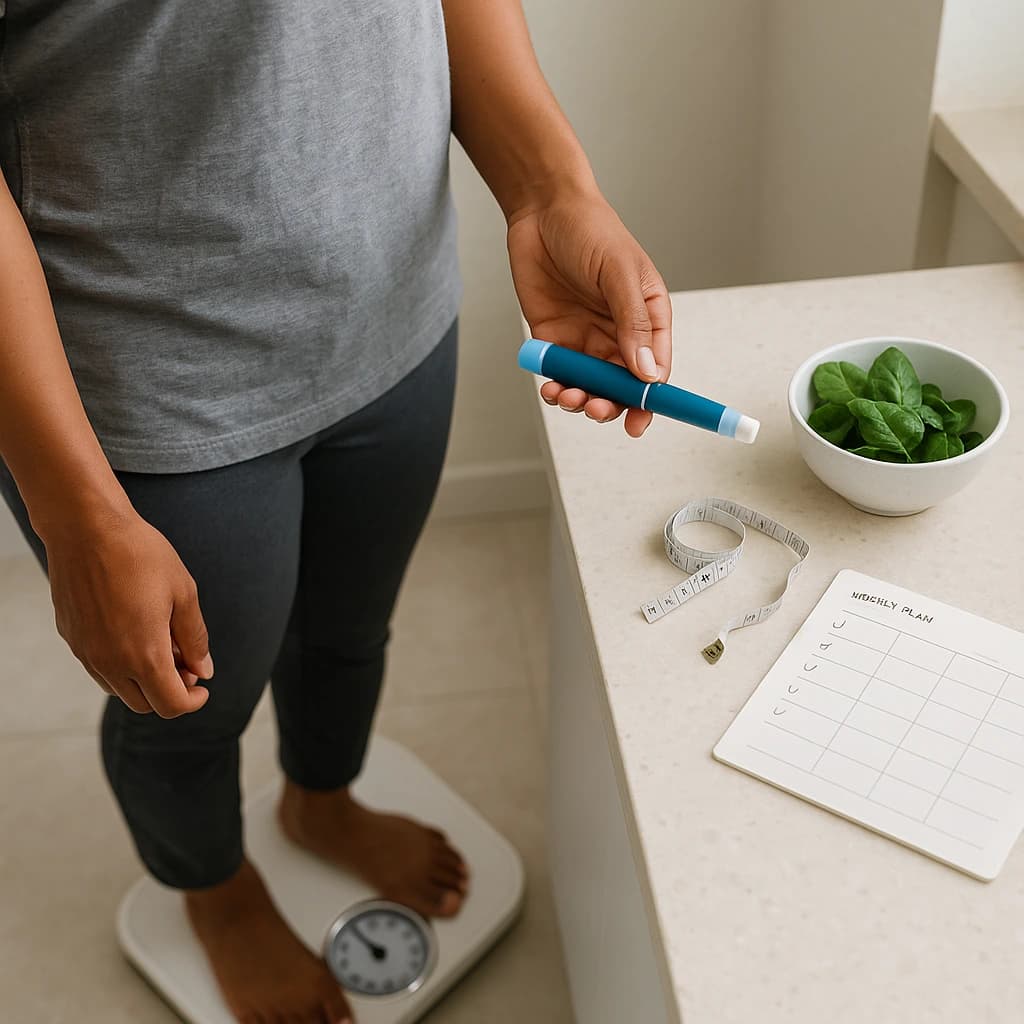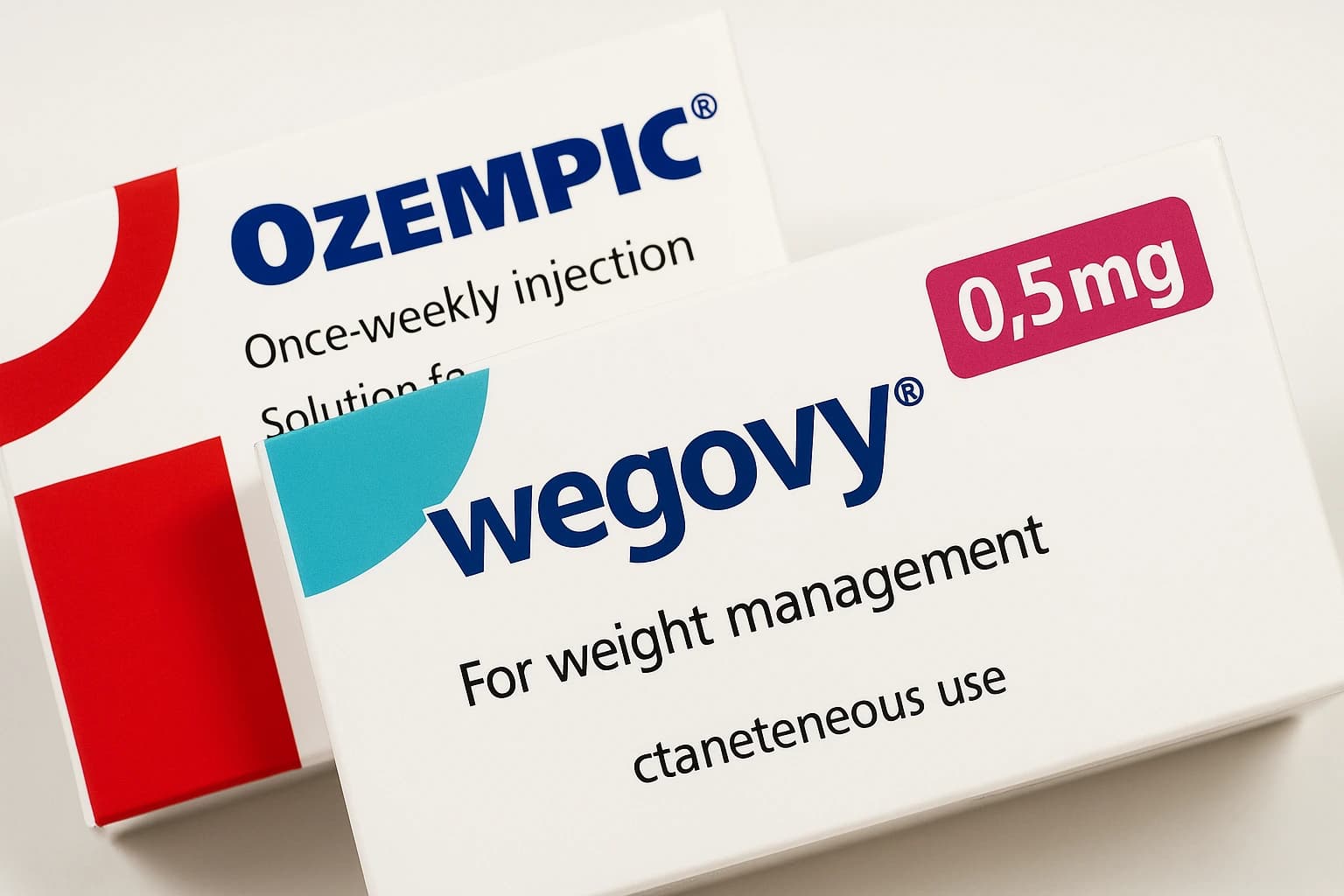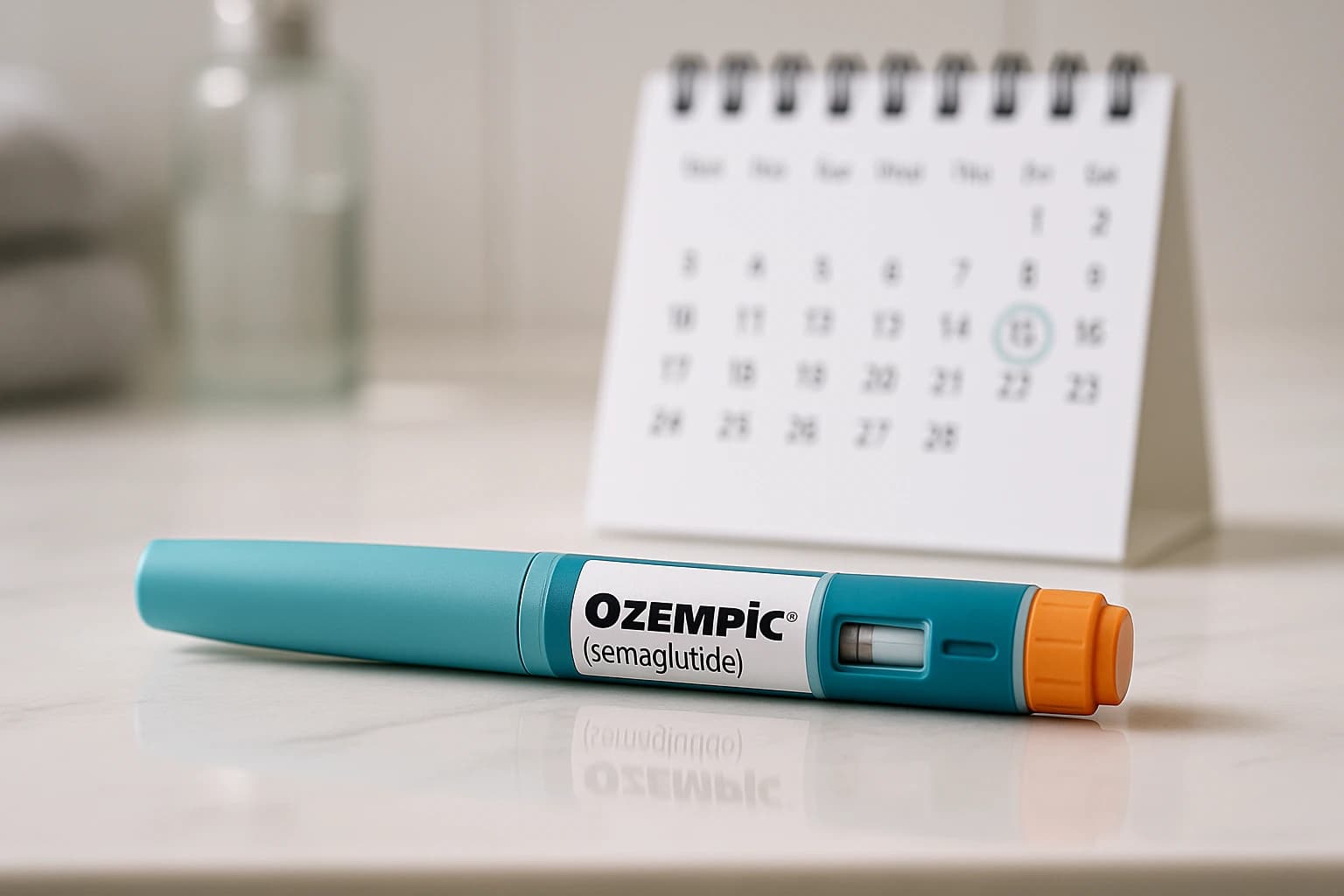What Ozempic Does for Weight Loss (Not “Speeding Up” Metabolism)
Ozempic (semaglutide) is a GLP-1 receptor agonist that helps you lose weight by making a calorie deficit easier to sustain, not by “revving” your metabolism. It activates receptors in the gut and brain to slow the rate your stomach empties and to amplify satiety signals, so meals keep you satisfied longer and between‑meal cravings soften. It also smooths post‑meal glucose and insulin swings, which can curb the “roller‑coaster” hunger that derails plans. Put simply, Ozempic modulates appetite and meal pacing so you naturally eat less; the fat loss follows from the sustained deficit, not from a direct boost in basal metabolic rate. These effects are supported by clinical references describing slowed gastric emptying and enhanced satiety via GLP‑1 pathways. See MedlinePlus (semaglutide overview) and StatPearls (Semaglutide) for more on mechanisms.
What you may notice in daily life: smaller portions feel sufficient, snacking drops, and energy is steadier between meals.




